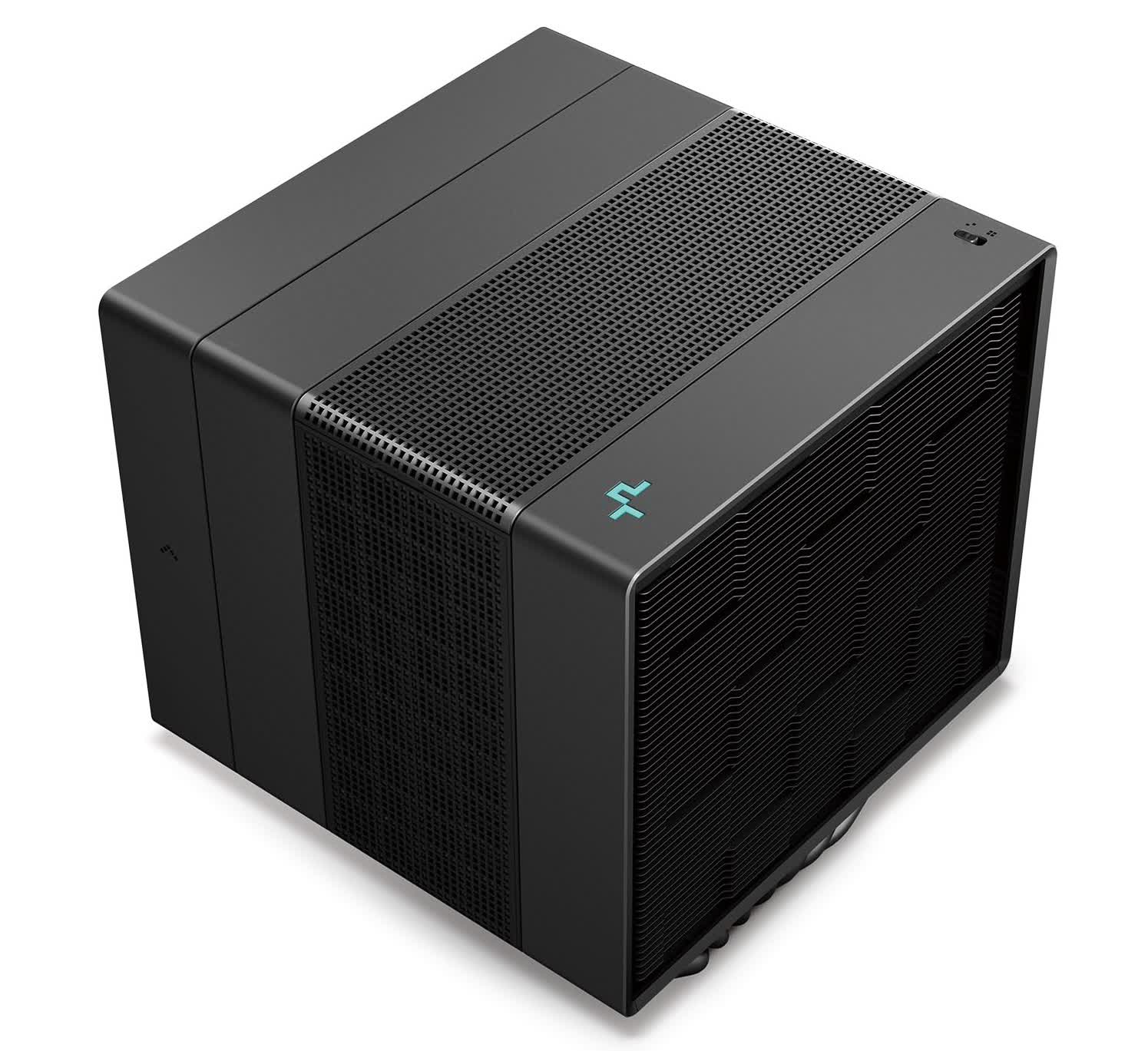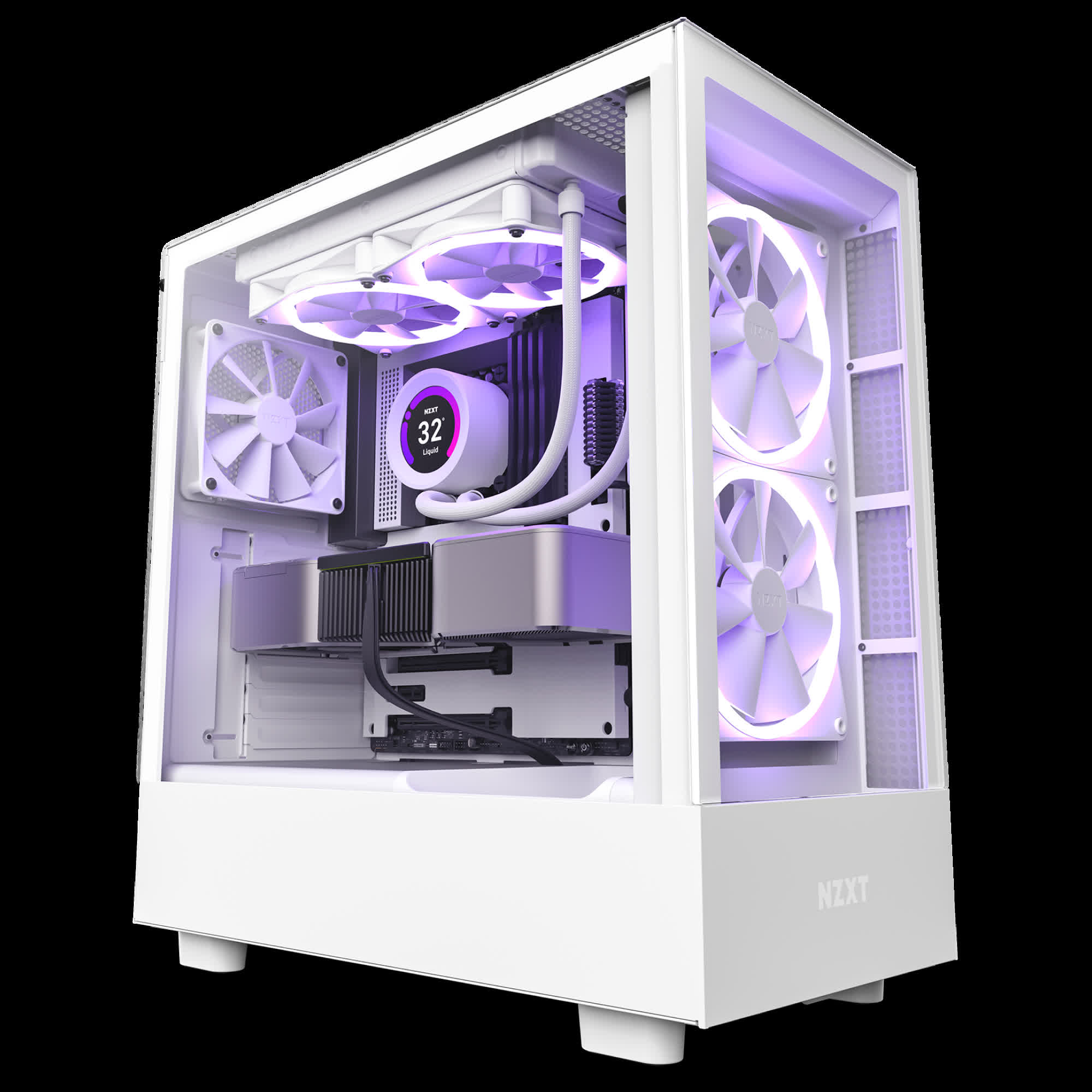Editor's take: I've long been obsessed with taking something ordinary and making it the best it can possibly be. Perhaps that is why I was hyper focused on PC hardware and overclocking for so many years. The idea of taking low- or mid-range hardware and pushing it to compete or even outperform a top-tier component has always been an alluring endeavor, and one that starts with proper cooling. When I stumbled across this YouTube video about "fixing" PC cooling, I knew it would be right up my alley, and maybe yours, too.
A lot has changed in the desktop PC space since I was heavily involved in the scene many years ago. Optical drives are not really a thing anymore, prompting case manufacturers to delete 5.25-inch drive bays from cases entirely. Likewise, storage drive bays aren't nearly as commonplace or plentiful as they once were. These two changes alone freed up a ton of real estate, paving the way for additional changes.
Aesthetically, modern cases are far easier on the eyes than old steel towers littered with drive bays and a mess of wires. Airflow is less restrictive, too, but as highlighted in a recent project from optimum, it can be a lot better.
Cutting to the chase, the YouTuber optimized airflow in his NZXT H5 chassis by routing air directly from the source – the intake fans – to the targets – the CPU and GPU. This is not some wild new concept as enthusiasts have been experimenting with fan shrouds, blowholes, ducting, and side-panel fans for decades. The difference between then and now, however, is that we have far more advanced tools at our disposal, like 3D printers.

Optimum essentially worked out the optimal route to get fresh air to its target with minimal restriction, and used Fusion 360 CAD software and a 3D printer to spit out custom intake and exhaust duct work. He stuck with the stock RTX 4090 heatsink but went with the absolutely massive Assassin IV from DeepCool for the CPU.
The end result is something you are either probably going to love or hate, aesthetically speaking. The ducting looks like a piece of abstract art and consumes most of the interior space. If you are the type that likes looking at bare PCB, this is probably not going to be your cup of tea.
The results speak for themselves. In testing, the GPU temperature dropped by around 8 C in Cyberpunk 2077, and with a lower fan speed. The card's onboard memory temp dropped 10 C. After some tweaking (adjusting intake /exhaust orientation and playing with fan speeds), the CPU temp also dropped by 10 C. The latter changes increased the GPU temp by about two degrees but it is still 6 C lower than stock.

As optimum highlights, the biggest shortcoming is that the setup is unique to this particular hardware configuration. To use it in a different system, you would have to redesign everything from scratch. But, that is the great thing about PC building – there are virtually an endless number of combinations possible when piecing together your own rig, allowing you to hand-pick exactly what you want based on a number of factors including price, compatibility, performance, cooling, and so on.
Optimum's work also goes to show that stock case cooling still leaves a lot of performance on the table, and that extra fans and mesh everything isn't always the best solution.